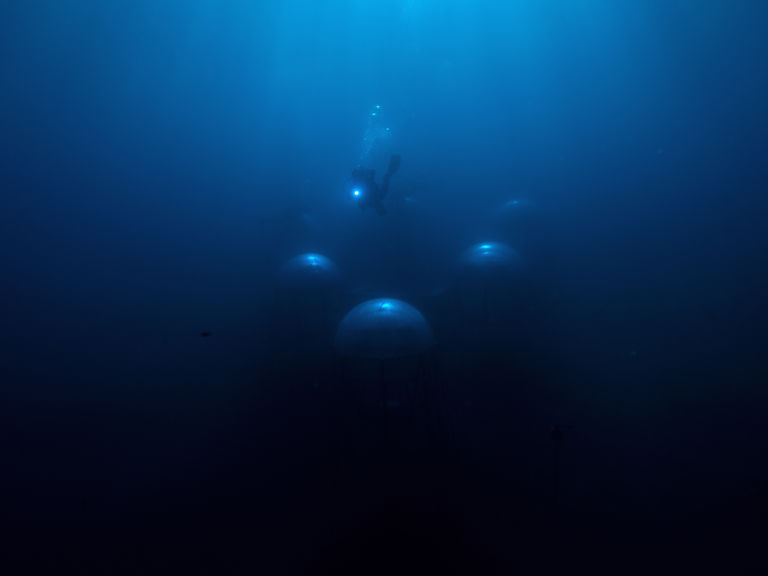Project Detail: Nemo's Garden
Contest:
Environment and Sustainability 2022
Brand:
LuganoPhotoDays
Author:
Giacomo d'Orlando
Status:
Finalist
Project Info
Nemo's Garden
The first underwater greenhouses of the world
According to the IPCC, the desertification brought by climate change in recent years has already extensively reduced agricultural productivity in many regions of the world.
Agriculture represent the 70% of freshwater use worldwide and the current population projections talks about an estimated increase up to 10 billion by the end of the century.
It is urgent, then, to find an alternative method of cultivation ecologically sustainable for our future.
In this scenario fits perfectly the Nemo’s Garden: the first underwater greenhouses of terrestrial plants in the world.
This completely self-sustainable project represent an alternative farming system particularly dedicated to those areas where environmental or geo-morphological conditions make the growth of plants almost impossible.
The microclimate and thermal conditions within the biospheres are optimal for plant growth and crop yields.
The plants are cultivated hydroponically using coconut fiber cones irrigated by the water obtained thanks to the condensation process that takes place on the biospheres inner walls, which transform the salt water into freshwater.
Self production of energy thanks to solar panels is used for powering all the utilities of the underwater lab, useful to check O2, CO2, humidity and temperature datas from the surface.
It's also proven by Pisa University experiments that plants grown in Nemo’s Garden have higher concentration of essential oils and antioxidant activity compared to plant grown in the soil.
The encouraging results of the last years, where more than 40 different species of plants have been successfully cultivated, give us hope that we have found a sustainable agricultural system that will help us to tackle the new challenges brought by climate change.


















